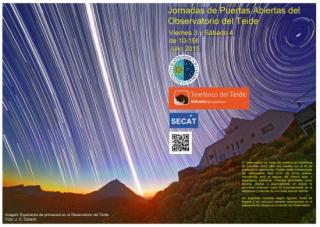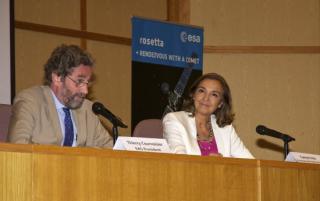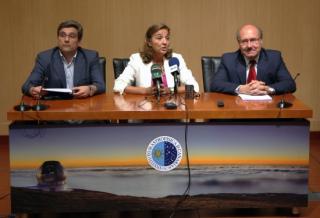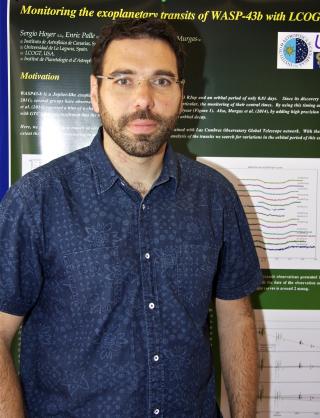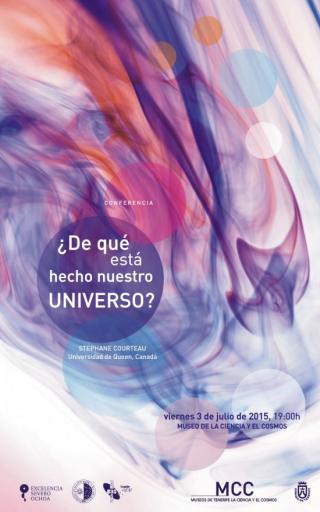
Next Friday, lecture by the Canadian astrophysicist Stéphane Coureau in the Museum of Science and the Cosmos
Advertised on
This section includes scientific and technological news from the IAC and its Observatories, as well as press releases on scientific and technological results, astronomical events, educational projects, outreach activities and institutional events.

